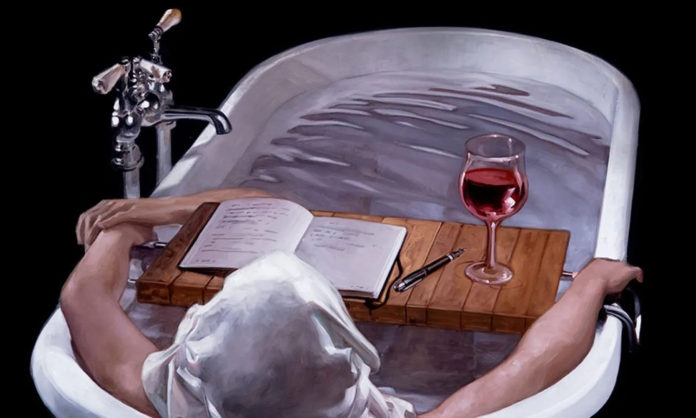In a guest post on Chuck Wendig’s blog, Nat Cassidy shares five things he learned writing Mary, An Awakening of Terror. “I wanted to share five things I learned while writing Mary that are specifically about the process of finally writing a personal book that’s been a long time in the works,” he says.
- You can fill a swimming pool with a teaspoon. While priding himself as a fast writer, Cassidy found this novel came to him slowly. But still, it got finished. “Incrementalism works,” he says. “You don’t have to write 5,000 words a day. You can write 5 words a day. It literally doesn’t matter as long as you keep at it.”
- Paper cuts. However, when you write in increments, you can lose track of the big picture. To make his work manageable, Cassidy used a separate Word document for each chapter. But when he compiled them at the end, he realized he’d written a 180,000 word novel, nearly twice his word count goal. He eventually cut it back to about 130,000. “It is SO much easier to cut text on the page than it is on a screen,” he says. “I think it’s because reading your manuscript off a page starts to mimic the actual experience of what reading your final book will be like.”
- You know your story. The idea for his book germinated for years before Cassidy actually wrote it. While his first (teenage) efforts weren’t good, some core ideas stayed with him through the final edit.
- You don’t know shit. One of the novel’s supporting characters hung on until the final draft, when Cassidy and his editor realized she wasn’t needed. “You may be carrying your story around with you for a long, long time,” Cassidy says. “But you’ve also got to stay open to last minute changes, because the work of creation affects the creation itself, and all that work you’ve done might actually be the writing equivalent of an artist sketching the negative space around a subject.”
- Your relationship is doomed from the start. No matter how long you’ve thought about your story or how much you love working on it, eventually you have to stop. “No work of art is ever finished, it’s only abandoned,” Cassidy quotes. He suggests having a second project on tap as you work on your main WIP, so that you have something to work on when you wrap it up.












